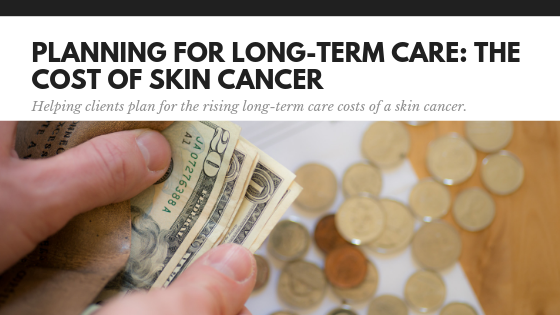We often associate the risks of skin cancer with younger generations. Men and women who spend too much time on the beach or in tanning beds, but it’s a real problem for older generations as well and quite expensive at that. One in five Americans will develop skin cancer in their lifetime and billions of dollars will be paid out in treatments.
The cost of skin cancer is no small expense and Americans of all walks of life should have plans in place to pay for it. Skin cancer treatment costs have risen significantly and could be a financial burden to those who are on a fixed income because of its sometimes lengthy treatment. Given the widespread nature of this disease, it should be assessed seriously as a potential medical expense.
Awareness is the First Step
As with almost all illnesses, the cost of treatment depends on the severity of the diagnosis. Simple surgery in a clinic or hospital can often take care of skin cancer but it can also have far more in-depth treatment and, therefore, expense.
Lowering your risk for skin cancer is fairly easy: covering up, wearing sunscreen and hats are simple things your clients can do to decrease their risk. Given that many retirees enjoy traveling in their later years, especially to sunny, warm climates, adding a reminder of the cost of skin cancer and what they can do to prevent it might not be a bad idea.
Planning for the Cost of Skin Cancer
Depending on your clients’ lifestyle or genetics, the likelihood for skin cancer could be high. It’s important to ask questions around family health history and environmental factors, such as those included in the HALO assessment, to properly assess if your clients should be actively planning for skin cancer treatment.
Even if all signs are good for being “low-risk,” it’s still an incredibly common form of cancer and should be kept in the back of your mind as potential expenses for your clients.
All diseases require preparation, planning and expense management. Skin cancer is no different. Given its dramatic increases in expense and diagnosis, talk to your clients about their plans to pay for it, even if they are low-risk. No one regrets having the extra money that they don’t end up using and if they do need it, they are prepared for the extra costs of care.

